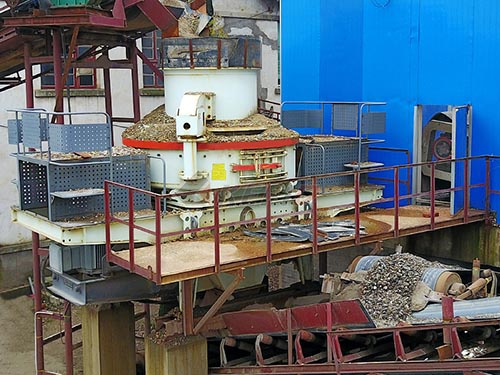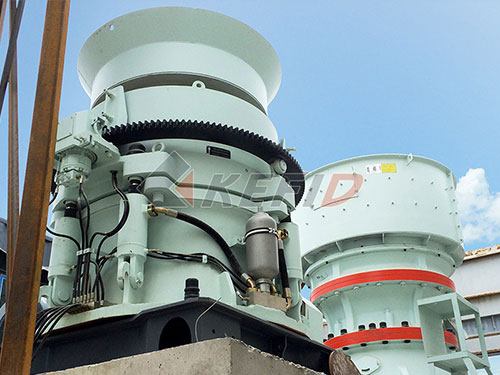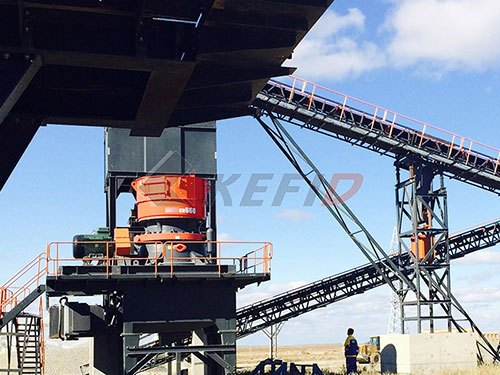The True Cost of Stone: Calculating Total Investment in Granite Crushing Equipment for Italian Monument Workshops
The soul of Italy is etched in stone. From the soaring majesty of Michelangelo’s David to the intricate facades of Renaissance palazzos, the nation’s artistic legacy is profoundly intertwined with marble and granite. For contemporary laboratori di monumenti (monument workshops) across regions like Tuscany, Veneto, and Lombardy, transforming raw granite blocks into enduring memorials and architectural elements remains a vital craft. Central to this transformation is the crushing process – reducing quarried stone into manageable aggregates for bases, fill, or even textured finishes. While the allure of powerful crushers is undeniable, understanding the total cost of ownership (TCO) for used granite crushing equipment is not merely prudent; it’s essential for survival and success in a competitive market where margins are often meticulously carved.
Beyond the Price Tag: Deconstructing Total Cost of Ownership

The initial purchase price of a used jaw crusher or cone crusher is merely the visible tip of the cost iceberg lurking beneath the surface. A comprehensive TCO analysis dives deep, encompassing every expense incurred throughout the equipment’s operational life within an Italian workshop context:
1. Acquisition Cost (The Visible Investment):

Purchase Price: This is the negotiated price for the pre-owned machine itself (e.g., a used Sandvik QJ341 jaw crusher, a Metso Nordberg HP300 cone crusher). Prices vary dramatically based on age, hours worked, brand reputation, maintenance history documented in logbooks (libretto di manutenzione), specific model capabilities (throughput, max feed size), and overall condition assessed by a qualified technician (tecnico specializzato). A €40,000 jaw crusher might seem like a bargain compared to new (€250k+), but its true value hinges on hidden factors.
Import Duties & VAT (IVA): Sourcing equipment from other EU countries avoids import duties but still incurs Italian VAT (Imposta sul Valore Aggiunto), currently at 22% for industrial machinery. Importing from outside the EU adds customs duties (dazi doganali) on top of VAT.
Transportation & Logistics: Moving heavy machinery requires specialized low-loaders (autotreni per trasporti eccezionali) and experienced hauliers familiar with navigating Italy’s sometimes narrow roads and historic town centers near workshops. Costs

Leave a Reply